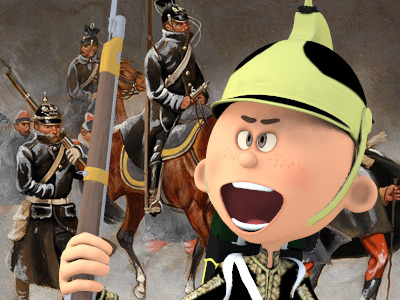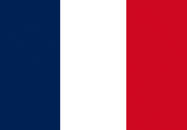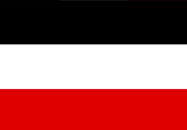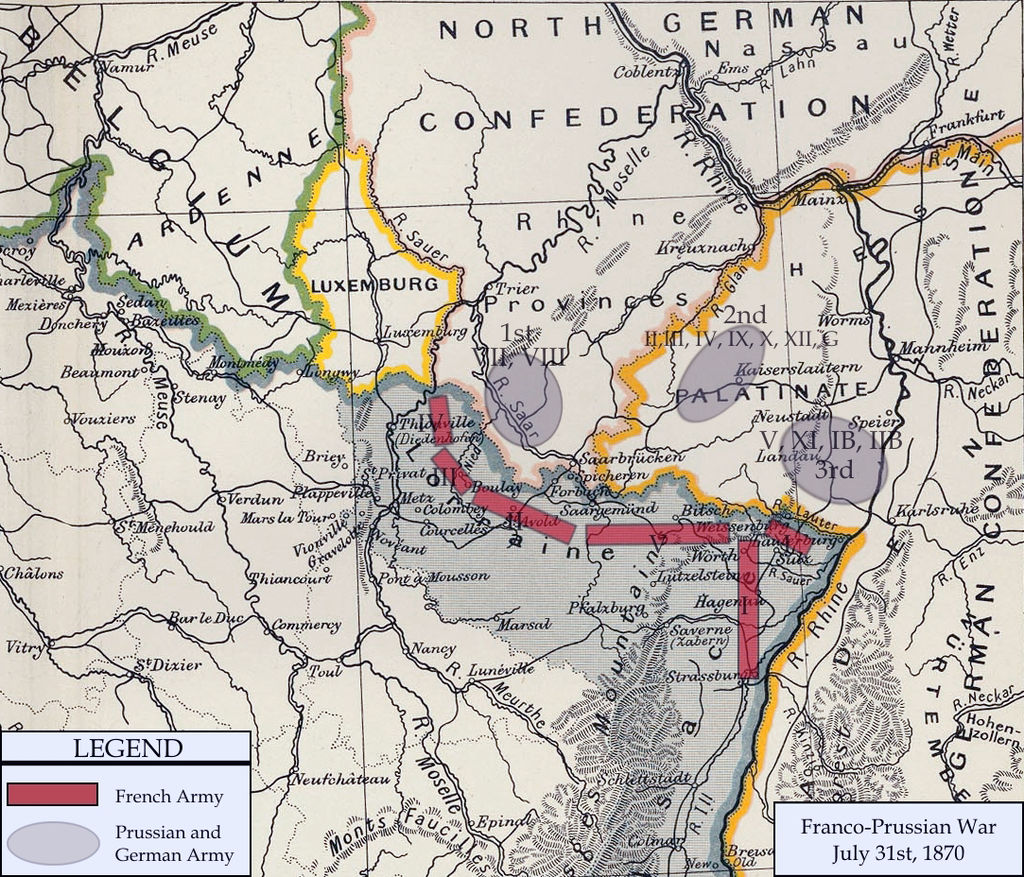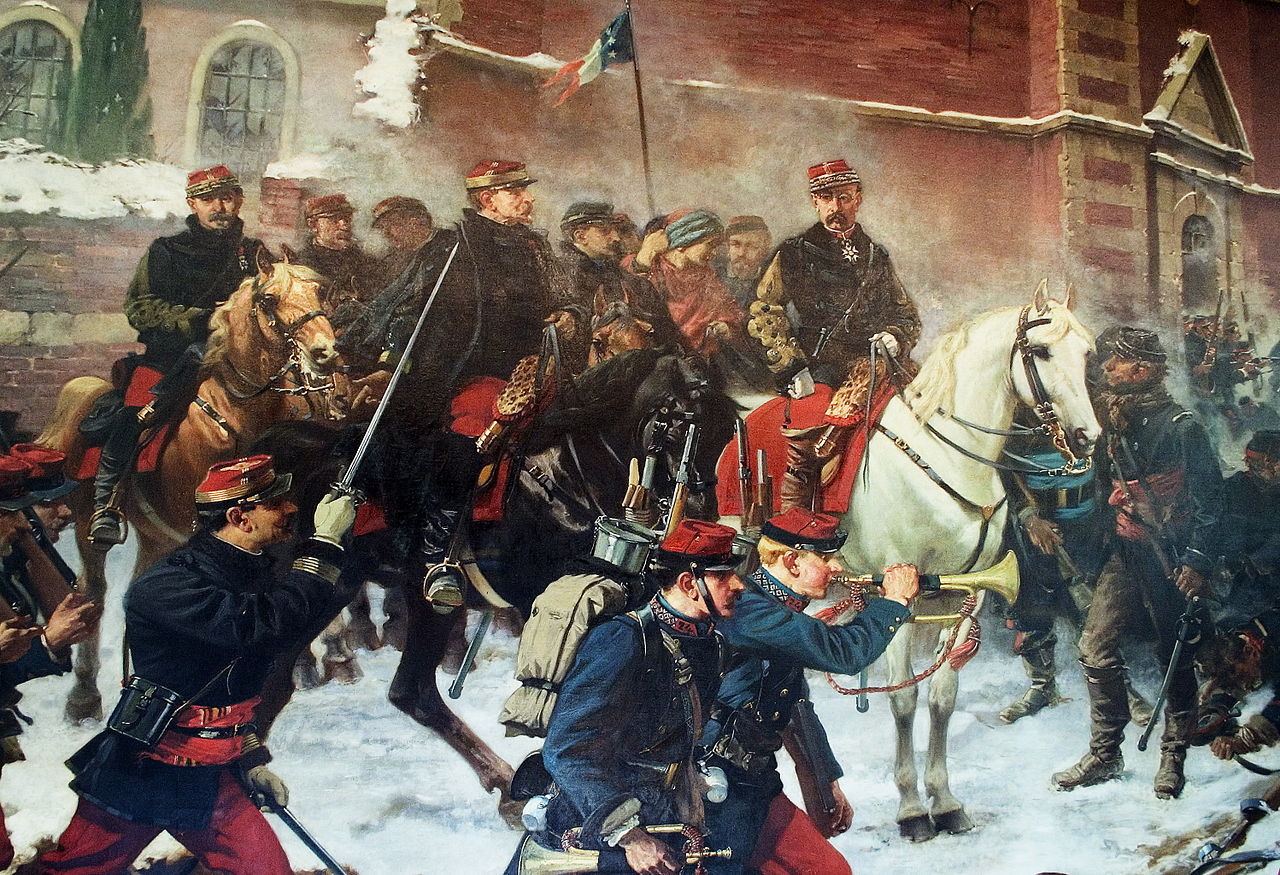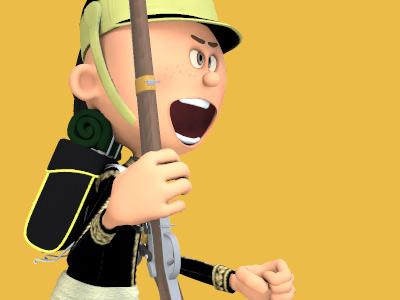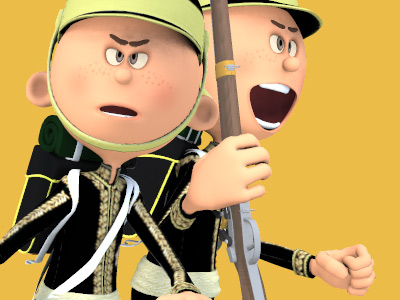Franco-Prussian War (1870 to 1871)
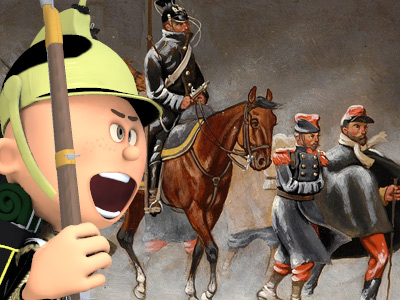
Battle of Gravelotte
The Battle of Gravelotte, or Gravelotte–St. Privat (18 August), was the largest battle during the Franco-Prussian War. It was fought about 6 miles (9.7 km) west of Metz, where on the previous day, having intercepted the French army's retreat to the west at the Battle of Mars-La-Tour, the Prussians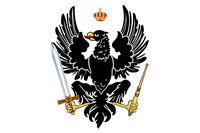 The Kingdom of Prussia was a German kingdom that constituted the state of Prussia between 1701 and 1918. It was the driving force behind the unification of Germany in 1871 and was the leading state of the German Empire until its dissolution in 1918. Although it took its name from the region called Prussia, it was based in the Margraviate of Brandenburg. Its capital was Berlin. were now closing in to complete the destruction of the French forces.
The Kingdom of Prussia was a German kingdom that constituted the state of Prussia between 1701 and 1918. It was the driving force behind the unification of Germany in 1871 and was the leading state of the German Empire until its dissolution in 1918. Although it took its name from the region called Prussia, it was based in the Margraviate of Brandenburg. Its capital was Berlin. were now closing in to complete the destruction of the French forces.
The combined German forces, under Field Marshal Count Helmuth von Moltke, were the Prussian First and Second Armies of the North German Confederation numbering about 210 infantry battalions, 133 cavalry squadrons, and 732 heavy cannons totaling 188,332 officers and men. The French Second French Empire was the 18-year Imperial Bonapartist regime of Napoleon III from 14 January 1852 to 27 October 1870. The Second Empire is given high credit for the rebuilding of Paris with broad boulevards, striking public buildings, and elegant residential districts for upscale Parisians. In international policy, Napoleon III tried to emulate his uncle Napoleon I, engaging in numerous imperial ventures around the world as well as several wars in Europe. Army of the Rhine, commanded by Marshal François-Achille Bazaine, numbering about 183 infantry battalions, 104 cavalry squadrons, backed by 520 heavy cannons, totaling 112,800 officers and men, dug in along high ground with their southern left flank at the town of Rozerieulles, and their northern right flank at St. Privat.
Second French Empire was the 18-year Imperial Bonapartist regime of Napoleon III from 14 January 1852 to 27 October 1870. The Second Empire is given high credit for the rebuilding of Paris with broad boulevards, striking public buildings, and elegant residential districts for upscale Parisians. In international policy, Napoleon III tried to emulate his uncle Napoleon I, engaging in numerous imperial ventures around the world as well as several wars in Europe. Army of the Rhine, commanded by Marshal François-Achille Bazaine, numbering about 183 infantry battalions, 104 cavalry squadrons, backed by 520 heavy cannons, totaling 112,800 officers and men, dug in along high ground with their southern left flank at the town of Rozerieulles, and their northern right flank at St. Privat.
On 18 August, the battle began when at 08:00 Moltke ordered the First and Second Armies to advance against the French positions. By 12:00, General Manstein opened up the battle before the village of Amanvillers with artillery from the 25th Infantry Division. But the French had spent the night and early morning digging trenches and rifle pits while placing their artillery and their mitrailleuses in concealed positions. Finally aware of the Prussian advance, the French opened up a massive return fire against the mass of advancing Germans. The battle at first appeared to favour the French with their superior Chassepot rifle. However, the Prussian artillery was superior with the all-steel Krupp breech-loading gun. By 14:30, General Steinmetz, the commander of the First Army, unilaterally launched his VIII Corps across the Mance Ravine in which the Prussian infantry were soon pinned down by murderous rifle and mitrailleuse fire from the French positions. At 15:00, the massed guns of the VII and VIII Corps opened fire to support the attack. But by 16:00, with the attack in danger of stalling, Steinmetz ordered the VII Corps forward, followed by the 1st Cavalry Division.
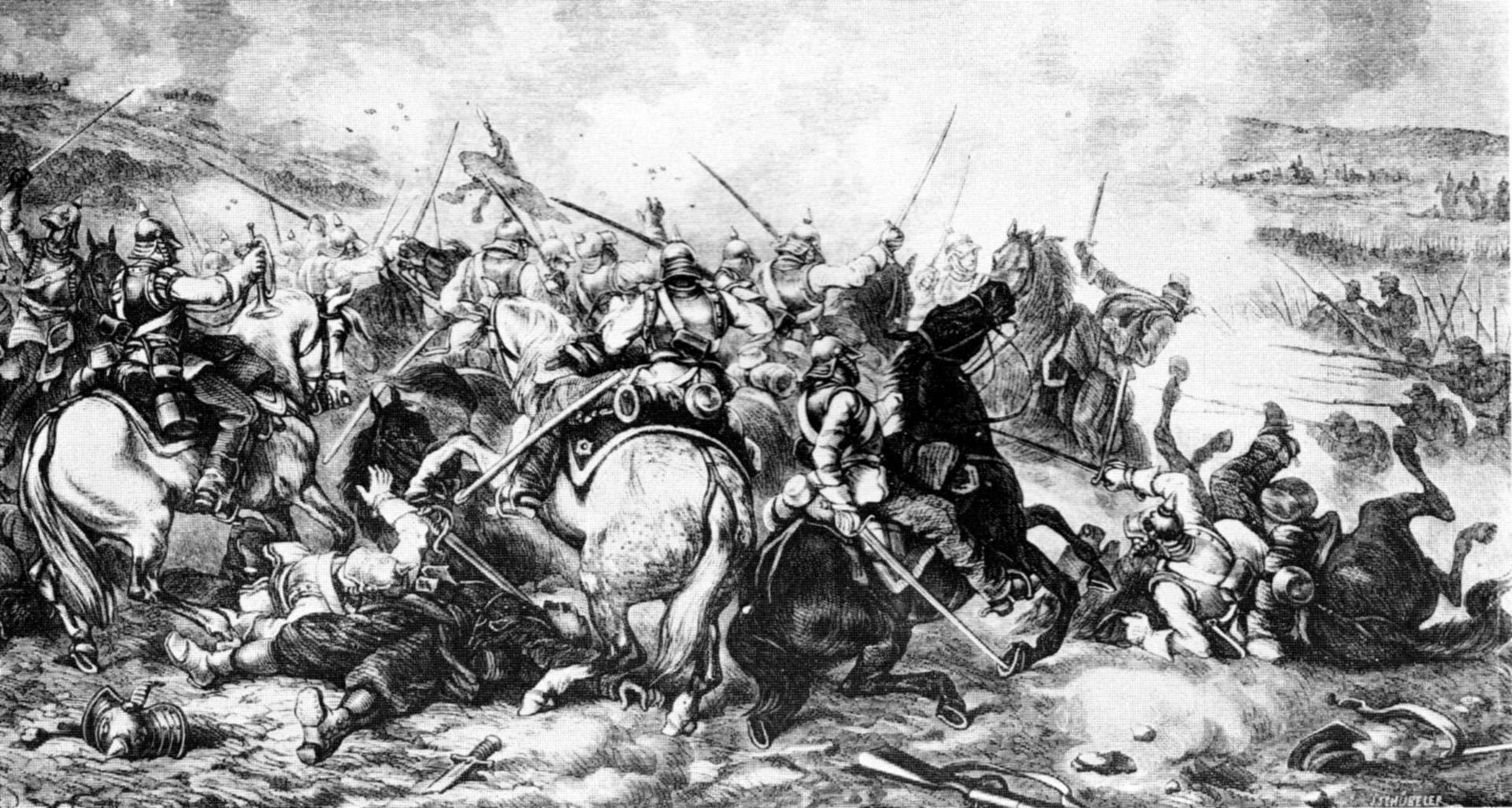
Juliusz Kossak, Battle of Gravelotte, depicting the Prussians at Gravelotte, 1871

Juliusz Kossak, Battle of Gravelotte, depicting the Prussians at Gravelotte, 1871
( Click image to enlarge)
By 16:50, with the Prussian southern attacks in danger of breaking up, the Prussian 3rd Guards Infantry Brigade of the Second Army opened an attack against the French positions at St. Privat which were commanded by General Canrobert. At 17:15, the Prussian 4th Guards Infantry Brigade joined the advance followed at 17:45 by the Prussian 1st Guards Infantry Brigade. All of the Prussian Guard attacks were pinned down by lethal French gunfire from the rifle pits and trenches. At 18:15 the Prussian 2nd Guards Infantry Brigade, the last of the 1st Guards Infantry Division, was committed to the attack on St. Privat while Steinmetz committed the last of the reserves of the First Army across the Mance Ravine. By 18:30, a considerable portion of the VII and VIII Corps disengaged from the fighting and withdrew towards the Prussian positions at Rezonville.
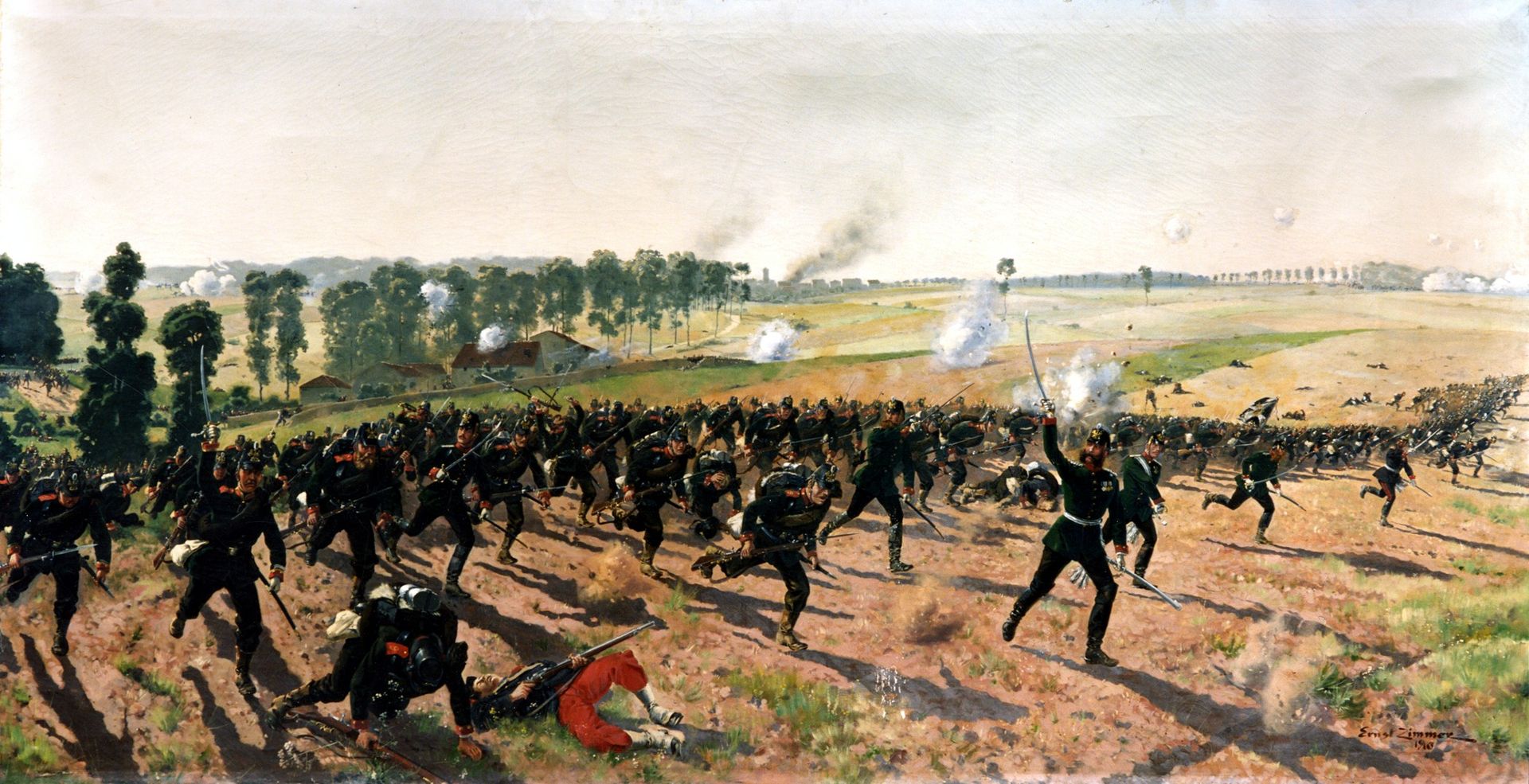
The Rifle Battalion 9 from Lauenburg at Gravelotte

The Rifle Battalion 9 from Lauenburg at Gravelotte
( Click image to enlarge)
With the defeat of the First Army, Prince Frederick Charles ordered a massed artillery attack against Canrobert's position at St. Privat to prevent the Guards attack from failing too. At 19:00 the 3rd Division of Fransecky's II Corps of the Second Army advanced across Ravine while the XII Corps cleared out the nearby town of Roncourt and with the survivors of the 1st Guards Infantry Division launched a fresh attack against the ruins of St. Privat. At 20:00, the arrival of the Prussian 4th Infantry Division of the II Corps and with the Prussian right flank on Mance Ravine, the line stabilised. By then, the Prussians of the 1st Guards Infantry Division and the XII and II Corps captured St. Privat forcing the decimated French forces to withdraw. With the Prussians exhausted from the fighting, the French were now able to mount a counter-attack. General Bourbaki, however, refused to commit the reserves of the French Old Guard to the battle because, by that time, he considered the overall situation a 'defeat'. By 22:00, firing largely died down across the battlefield for the night. The next morning, the French Army of the Rhine, rather than resume the battle with an attack of its own against the battle-weary German armies, retreated to Metz where they were besieged and forced to surrender two months later.
The casualties were horrible, especially for the attacking Prussian forces. A grand total of 20,163 German troops were killed, wounded or missing in action during the August 18 battle. The French losses were 7,855 killed and wounded along with 4,420 prisoners of war (half of them were wounded) for a total of 12,275. While most of the Prussians fell under the French Chassepot rifles, most French fell under the Prussian Krupp shells. In a breakdown of the casualties, Frossard's II Corps of the Army of the Rhine suffered 621 casualties while inflicting 4,300 casualties on the Prussian First Army under Steinmetz before the Pointe du Jour. The Prussian Guards Infantry Divisions losses were even more staggering with 8,000 casualties out of 18,000 men. The Special Guards Jäger lost 19 officers, a surgeon and 431 men out of a total of 700. The 2nd Guards Infantry Brigade lost 39 officers and 1,076 men. The 3rd Guards Infantry Brigade lost 36 officers and 1,060 men. On the French side, the units holding St. Privat lost more than half their number in the village.
HISTORY
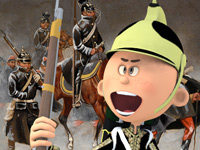
RESOURCES
This article uses material from the Wikipedia article "Franco-Prussian War", which is released under the Creative Commons Attribution-Share-Alike License 3.0.
© Stories Preschool. All Rights Reserved.
